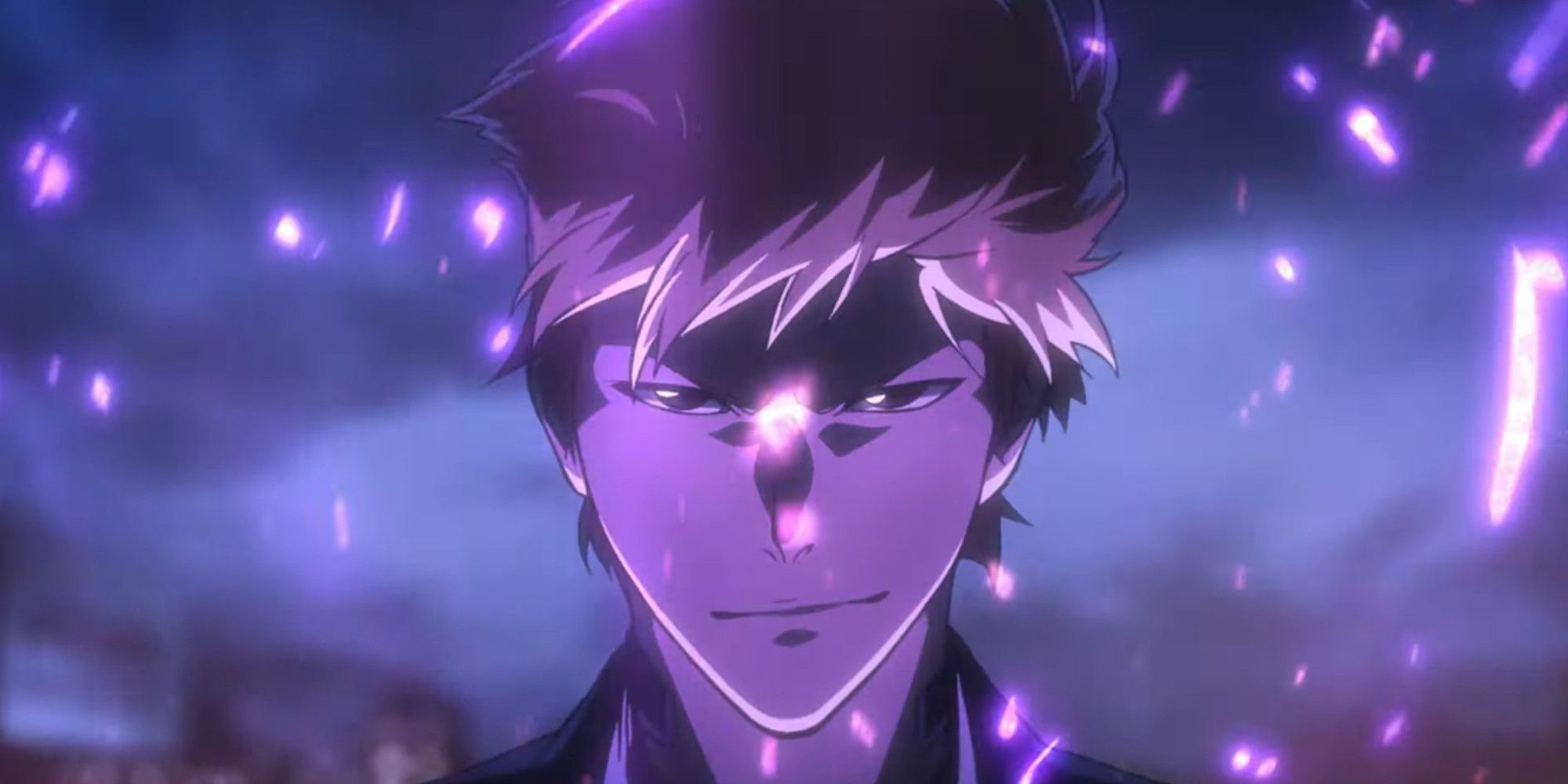One of 2022's most anticipated releases, the return of BLEACH was an incredible moment for anime fans across the globe; however, prior to its release and immense success in the twelve weeks following its October 10 premiere, the BLEACH franchise had fallen somewhat in the eyes of many. BLEACH: Thousand-Year Blood War had an incredible first week, and the entire first part of the return of Studio Pierrot's adaptation of Tite Kubo's legendary manga proved many wrong as it continued to be a masterclass in animation, direction and sound design from week to week.
This consistently above-par performance of the new BLEACH was far beyond even the most optimistic fans' wildest expectations, and the reasons for this lie in the various changes to staff, direction and intent regarding its production. BLEACH: Thousand-Year Blood War has been a major triumph, particularly in this age when several legendary titles are celebrating milestone anniversaries and looking back on their respective journeys – and this is why.
Direction
One of the most important elements that has elevated fans' experience of BLEACH: Thousand-Year Blood War is the manner in which the new series has been separated from the original anime series through several avenues. The most telling change is of course the huge leap in art and animation quality between the new and the original series, and part of what has helped this particular aspect shine through is the fact that the direction of the series has changed hands.
Legendary director Noriyuki Abe no longer serves as the director of BLEACH; right now, that is the responsibility of Tomohisa Taguchi, a director whose stock rose immensely after his involvement in the production of several films in the Persona franchise; Akudama Drive; and even a few Digimon movies. Taguchi's influence is important to the overall feel of the Thousand-Year Blood War arc; however, one thing that enables Taguchi to hit the right notes in this regard is the involvement of series author Tite Kubo in the production of this arc in the anime.
Visuals
Visually, the series relies on the abilities of legacy character designer Masashi Kudо̄; the art direction of Yoshiо Tanioka and a plethora of animation directors, such as Cindy H. Yamauchi, who has been worked in high-profile anime projects under the capacities of Animation Director and Key Animation in titles like Black Lagoon, Yona of the Dawn and Samurai Champloo. The fights are all epic bouts that are incredible, but Yamamoto's final battle against Royd Loyd disguised as Yhwach will go down as one of the best fights ever animated. The direction of BLEACH: Thousand-Year Blood War has been closely supervised by Tite Kubo, indicating a greater intent to more closely follow the author's vision for the series, particularly when it comes to pacing, and the visuals.
When it was first announced as part of the BLEACH 20th Anniversary Project back in 2020, the Thousand-Year Blood War arc was presented with a fresh coat of paint: a new logo and fuchsia (magenta?) colour scheme that is seen throughout the first part of the adaptation whenever scenes from the original anime are stitched into the sequence. Beyond the visuals, BLEACH: Thousand-Year Blood War makes use of interesting cinematography choices; shots and various techniques that draw the eye to components relevant to the plot, and its cinema-like feel has made each episode of the new anime feel like a movie or spectacle of some sorts. This is greatly aided by the amazing sound that goes together with the visuals, and each aspect of the sound in the Thousand-Year Blood War has been elevated from the original anime.
Sound
The promotional trailers for BLEACH: Thousand-Year Blood War revealed an aspect that the series would come to use in various forms over the course of its thirteen episodes. The music, composed by the legendary Shirо̄ Sagisu in both the new and the original anime is taken apart and reinterpreted, giving fans a taste of "the old BLEACH" through familiar yet vastly altered soundscapes. Reprisals of iconic soundtracks from the original BLEACH anime like the series theme "On The Precipice of Defeat"; "Number 1" featuring Hazel Fernandes; "HOLLOWED"; "Soundscape to Ardour"; "Battle Ignition" and various others, juxtaposed with the grittier visuals recalls the horror feel of the series in its infancy and is a sonic portrayal of the idea that this adaptation is the corrector that brings the series back to itself and acts as a kind of fanfare that says "BLEACH is back". The return of old soundtracks in a new form also matches the series' change in appearance and feel, but they are also joined by some epic new soundtracks – which has been the standard in the original anime for a new soundtrack to be used in the series to go with the major arc. The standout soundtrack among the new ones composed by Shirо̄ Sagisu for the series is the Sternritter theme, which has accompanied several major moments this season and has served as a kind of overarching theme for the Quincy invasion of Soul Society, and for the Quincy King himself.
The opening theme song for the first part of BLEACH: Thousand-Year Blood War was "Scar" performed by Tatsuya Kitani and while the visuals for the opening sequence are gorgeous, the song's relevance to Ichigo's journey at this point cannot be understated. The chorus invokes the same sentiment expressed by Ichigo in the final battle against Yhwach in the manga with the lines "All the grief I've swallowed
has shaped me, filled me with colours, that's how I've been walking, isn't it?". which is incredibly similar to Ichigo's retaliation against Yhwach's provocations shortly before unleashing his final Bankai of the series:
What of this "despair?" I know it all too well... because up until now... I've climbed up, kicked it in it's teeth, and surpassed it... over and over again just to make it to this very moment!
The ending theme of BLEACH: Thousand-Year Blood War was "Saihate", performed by SennaRin, for the majority of the series, except for the first episode. The first episode's ending was a special insert song, the aptly named "Rapport" by Tatsuya Kitani, accompanied by visuals from the original BLEACH anime project. The series' intention to bring fans back from their despair using callbacks to the original series and Easter Eggs proves to be highly effective as they bring forth nostalgia – but the truth about BLEACH: Thousand-Year Blood War is that it doesn't merely rely on fans' pleasant memories of days gone, but brings those feelings forth while completely blowing the viewer away with the state of the series as it is today.
Voice Acting
Over 80 voice actors were called in during the production of BLEACH: Thousand-Year Blood War, which is a huge roster for any production. Even characters who barely made any appearances beyond their debut had talented voice actors behind them, meaning that the cast, both new and old, performed their roles convincingly. Several characters who had not yet made an appearance in the original BLEACH were voiced by cast members reprising their roles from the BLEACH: Brave Souls mobile game. One standout voice actor performance in BLEACH: Thousand-Year Blood War is that of Yoshitsugu Matsuoka, who was cast as Äs Nödt. His usually bright and cheery register when voicing characters like Food Wars! protagonist Sо̄ma Yukihira; or Vash The Stampede in TRIGUN STAMPEDE was absent in his performance as Sternritter F – The Fear – and replaced with a throaty rattle and slower delivery that made for a great showing of his range as a voice actor.
Masakazu Morita, Fumiko Orikasa and the various other members of the main cast returned to their roles as if they never left, but the series is also bolstered by big names like the legendary Mamiko Noto (Lady Prospera, Mobile Suit Gundam: The Witch From Mercury) in the role of Kanae Katagiri; Kōichi Yamadera, who voices Beerus in the Dragon Ball Super anime, cast as Quilge Opie; Daiki Yamashita (Izuku Midoriya, My Hero Academia) in the role of the Shinigami Ryūnosuke Yuki; and Ayana Taketatsu (Nino in The Quintessential Quintuplets) cast as Bambietta Basterbine, delivering the hilarious and highly derisive line aimed at Komamura's "doggy" identity.
Overall
BLEACH: Thousand-Year Blood War part 1 was nothing short of a masterpiece, and various elements coming together in this way to bring this project to life in a manner that reflects the author's desires while also elevating the overall quality of the series in the eyes of fans is incredible. The journey is worth the ten-year wait, and every single person involved makes it well worth the wait. The only problem now is the fact that this new standard set by the Thousand-Year Blood War phenomenon. For fans, seeing BLEACH return in such triumphant, and undeniable glory is the vindication that they have craved for 10 whole years. The first part of BLEACH: Thousand-Year Blood War will definitely go down as a historical moment in the history of shonen anime, a successful return to glory for the BLEACH franchise in the wake of its 20th anniversary; and, most importantly, a profound moment for the medium itself – better than any one person could have imagined.

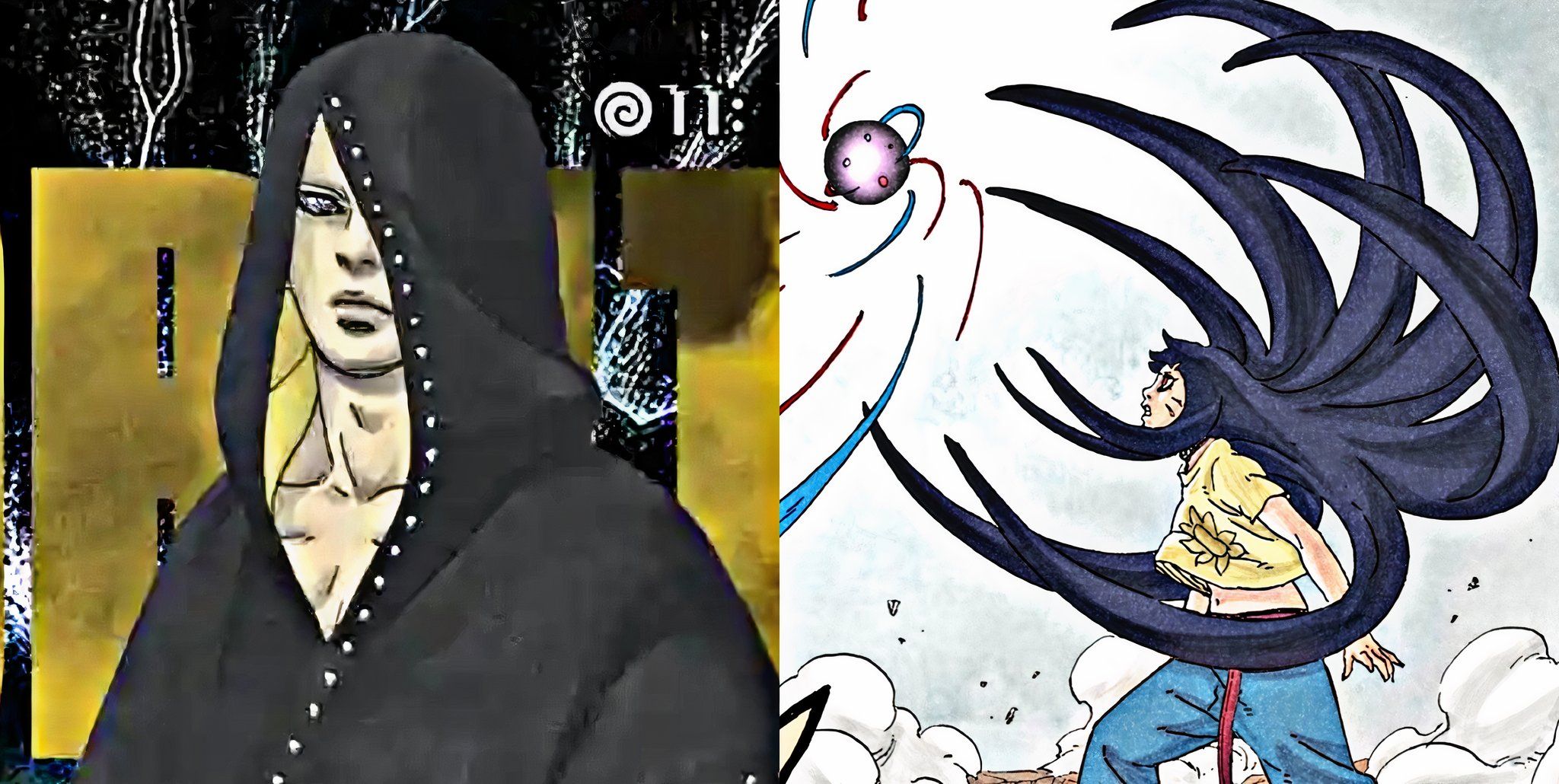
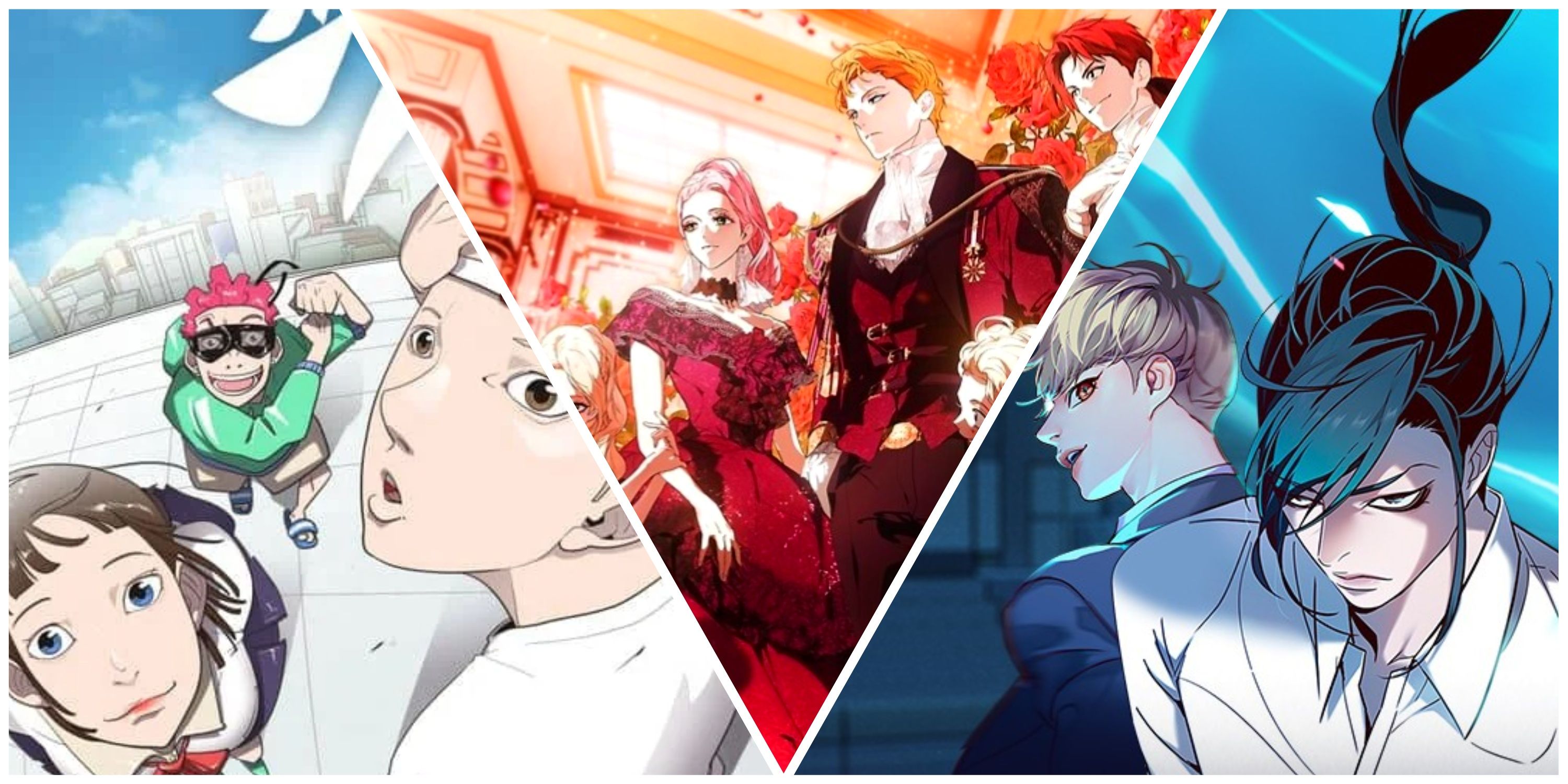
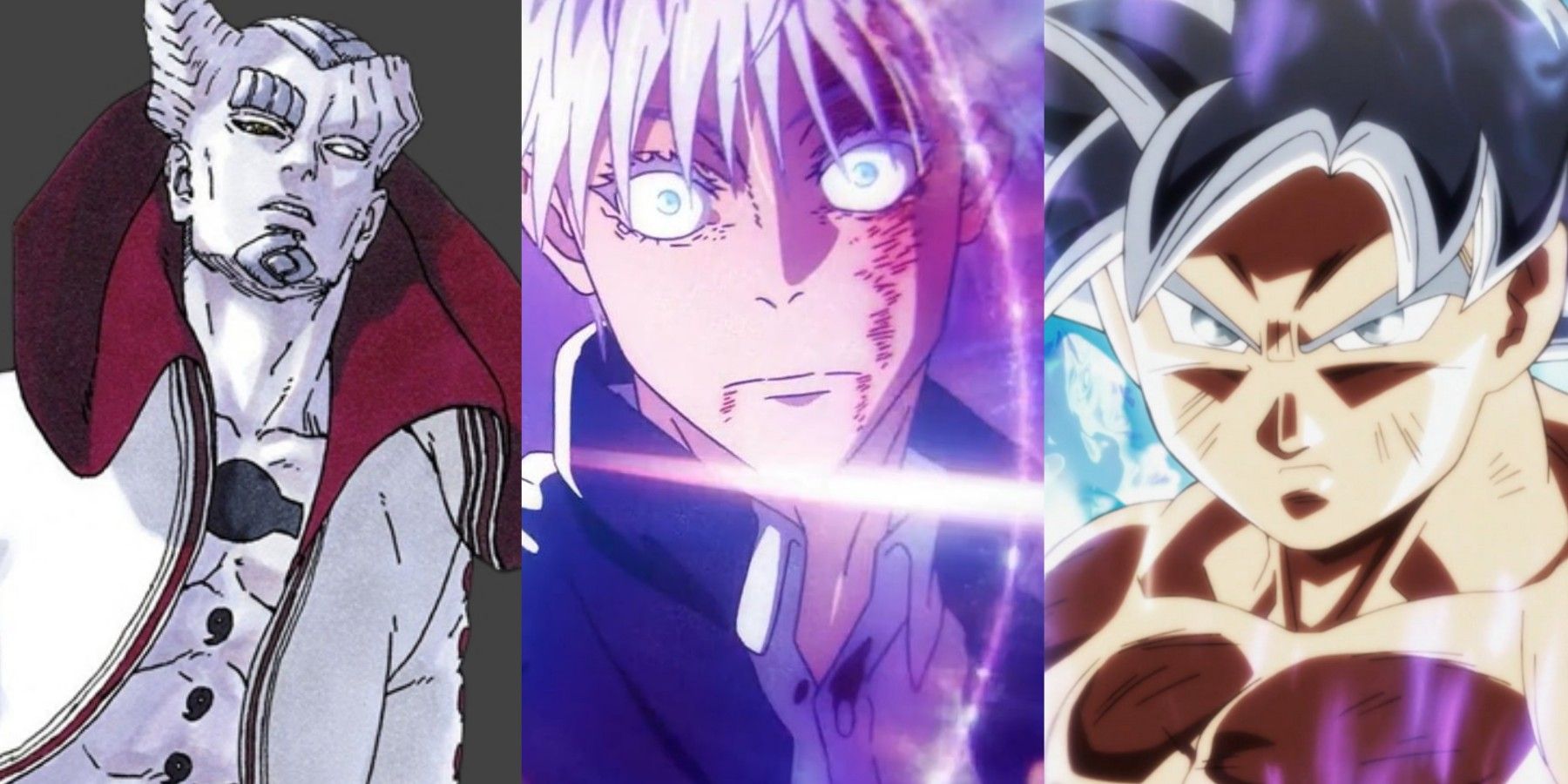
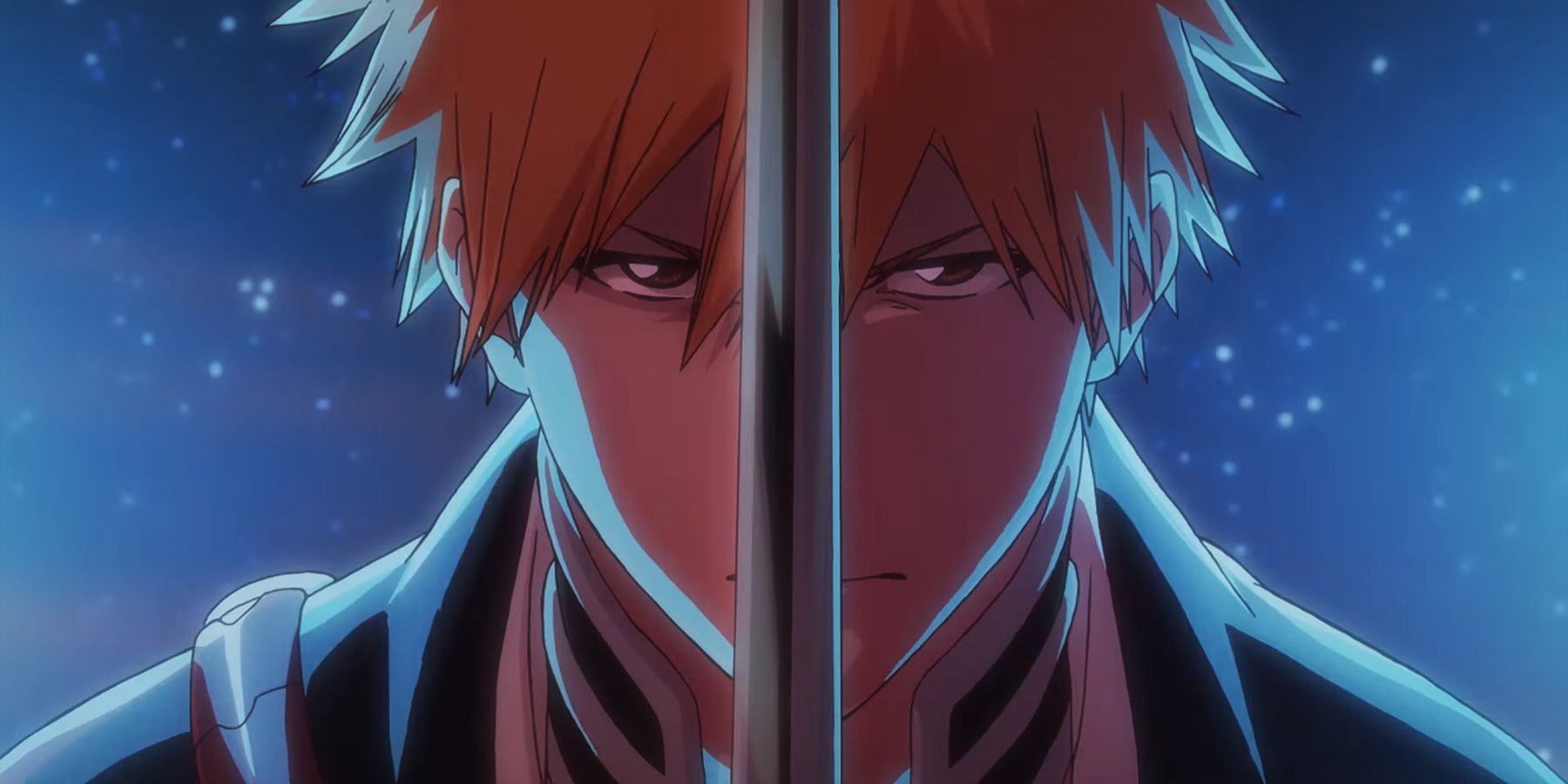
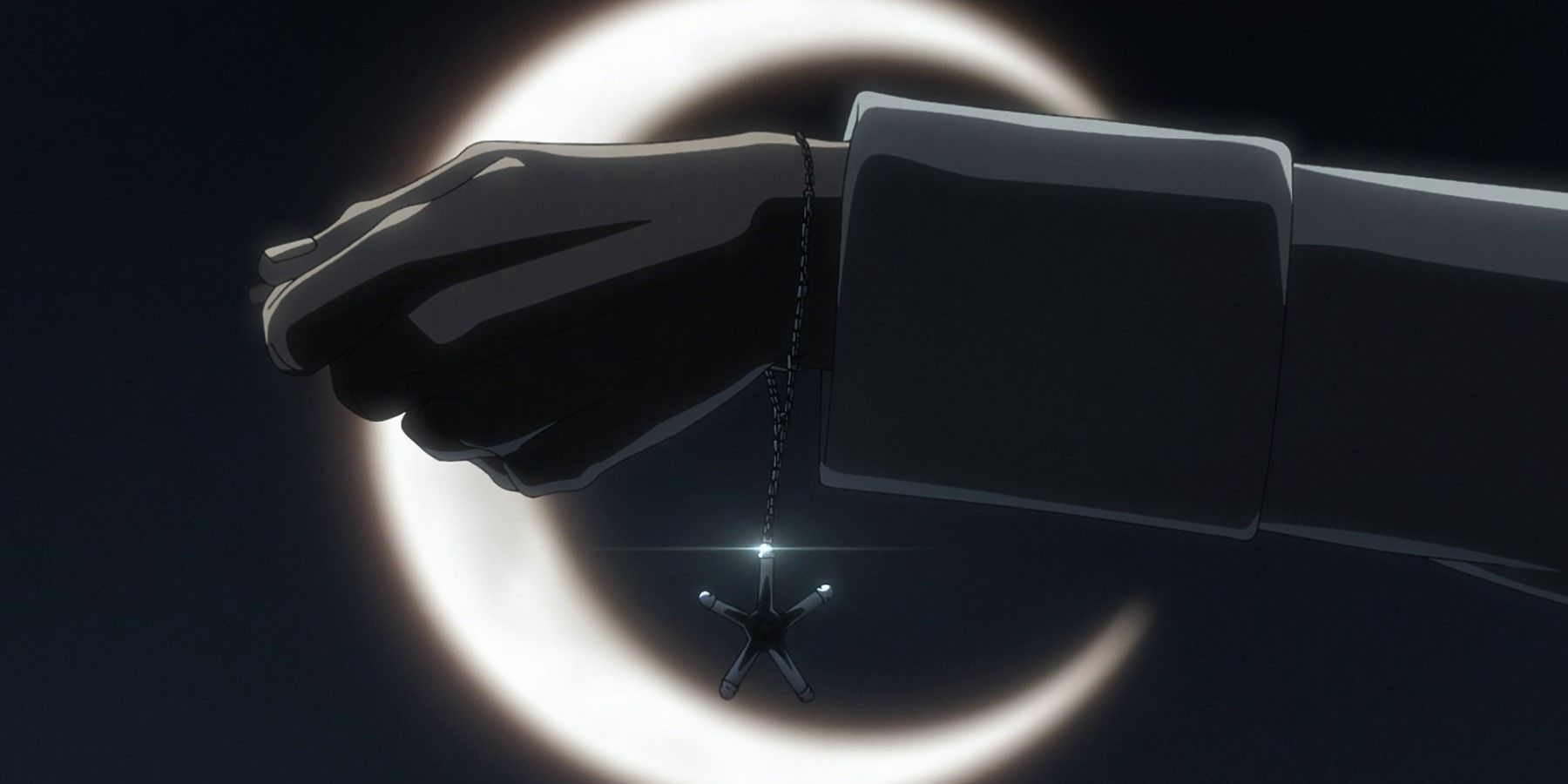
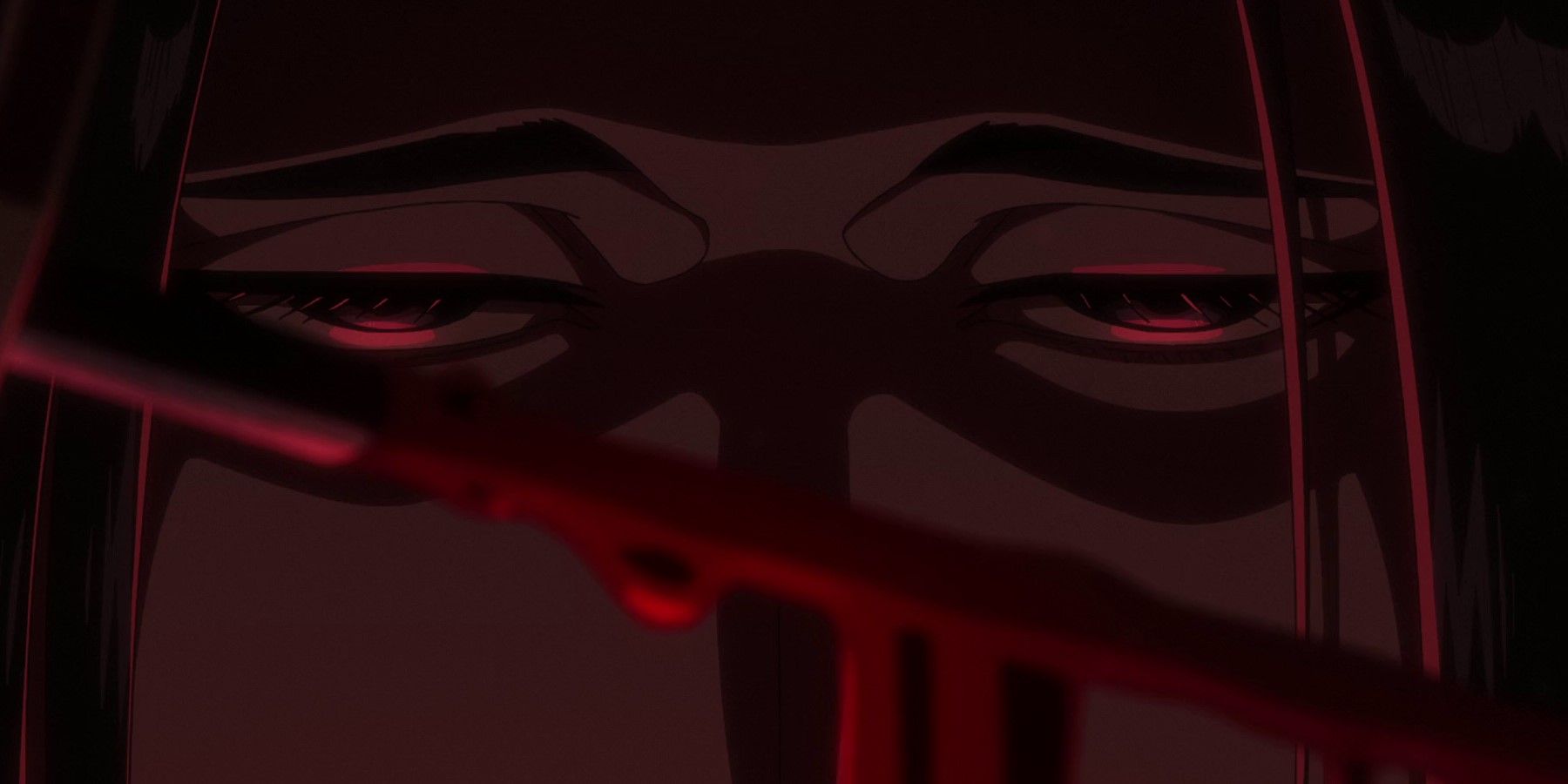
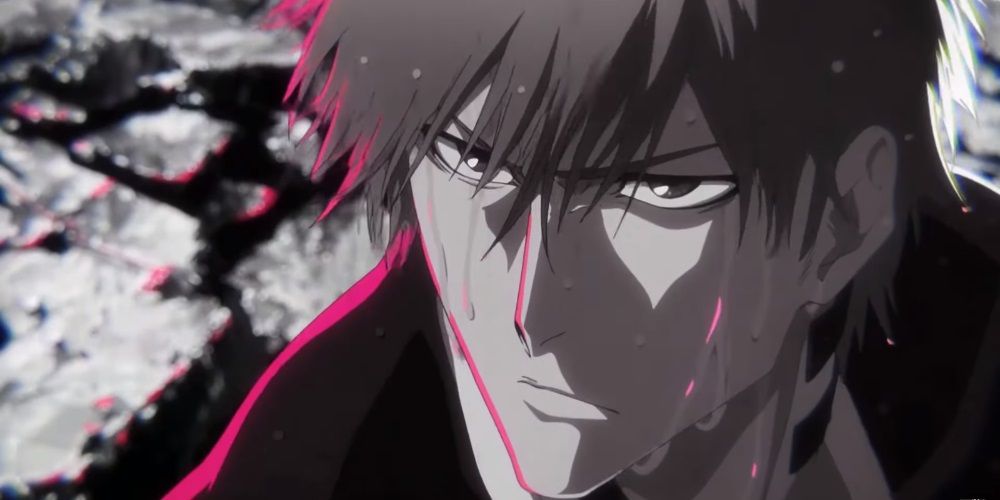
.jpg)
